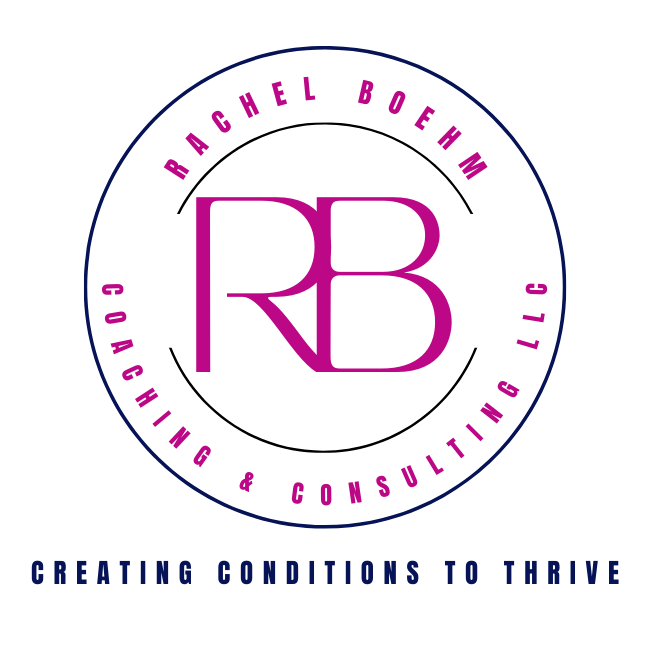What You Don't Know About Sun Exposure
Last week I kicked off July’s Summertime Safety focus with info, tips, and resources around the Summertime Blues, which can occur due to a loss of routine or expectations of what Summer “should” be. Next up, we’re looking at UV safety, sun damage, agin, and skin cancer. Because, let’s say you have started to beat back the Summertime Blues and are ready to venture out in some way…You want to protect yourself while doing so. What You Don't Know About Sun Exposure Will Hurt You. For health or vanity’s sake, read on.We’ll hit the highlights on sunscreen, sun damage & aging, and skin cancer. To do that, we need to first explore UV Rays. There’s a lot to know but here’s what matters most:
UV rays are most damaging of sun rays. Unprotected exposure to UVA and UVB damages the DNA in skin cells that can lead to skin cancer, lines, wrinkles, loss of firmness, discolored complexion, and eye damage. They can also cause breakouts, irritation, redness, and sensitivity. Think of UVA as aging and UVB as burning. Both contribute to skin cancer. UVA is everywhere and accounts of up to 95% of the UV radiation that reaches the earth. It can penetrate glass and cloud cover. So even indoors, you are at risk.UVB intensity fluctuates, so when you hear phrases like “peak sun”, it’s referring to when the UVB rays are strongest and pose the highest risk. UVB is a concern year-round, and can bounce off snow, ice, water and other reflective surfaces. However, it does not penetrate glass and can be filtered. Remember, incidental exposure (such as sitting near window at office, commute, walking the dog, etc.) can be just as damaging as lounging at the beach. You can see in the below pictures the uneven aging that both the truck driver (left) and office worker (right) experienced by working next to uneven window exposure over their career.Sunscreen:
Sun Protection Factor (SPF) refers to the amount of protection the product provides against UVB rays. It tells you how long the sun’s radiation would take to redden your skin when using the product compared to the time without sunscreen.Broad-spectrum refers to whether the product protects against UVA rays.You want an SPF of 30 or higher that is broad spectrum. All day, every day, inside and out.If you will be out and about, also look for one that is water resistant and sweat resistant.You want to make sure you are using the product correctly (the right amount with reapplication). Otherwise, it reduces the efficacy of the product. Keep in mind that you want a product that is enjoyable to use and that is effective. You have to have both, or else you’re unlikely to continue using it. A lot of sunscreens are thick, greasy, smelly, and/or filmy. Typically, the greater the SPF, the more likely the product will be heavy, greasy, and leave a white residue.This is one reason to opt for an SPF 30 over the higher SPFs. Also, a high SPF can promote a false sense of security. So it is important to follow use directions. Don’t worry too much about the SPF difference. For example, when applied correctly, an SPF 30 blocks 97% of UVB and an SPF 50 blocks 98% of UVB. Correct use:
Apply at least 15min before going outdoors for skin to absorbMost adults need about 1 ounce or shot class to cover the exposed body.Remember ears, lips, scalp, back of neck, etc.Reapply every 2 hours or follow labeling instructions based on water and sweat exposure
Sun Damage and Aging
Again, lots could be said on this so let’s hit the highlights:80% of the signs of aging are from sun damage (Flament et al., 2013) And, when it comes to sun damage, what you don’t see, the damage below the surface, is critical to consider. Just because you can’t see it, doesn’t mean it’s not there. Photodamage, as some dermatologists call it, penetrates the deepest layer of the skin, which means it could be years before the damage surfaces to the top visible layer. You can see this in photographs like this: The UV Light shows the damage (the dark marks). Photo part of reseaerch reported by Yelena Wu, PhD at the Huntsman Cancer Institute. Skin Cancer
Which leads me to skin cancer. Frankly, there are many types and signs to look for that I am going to leave this to the Skin Cancer Foundation to really breakdown. Bottom line, develop a relationship with a dermatologist so you can get regular annual screenings of your body to detect new spots or changes to existing spots. You will also want to develop a relationship with a hair stylist/barber who can do the same. And because sun exposure can manifest as cancer in the eye or eye lid, you want to get annual eye exams as well. Here’s a fact sheet to get you started. And here is a guide to self-exams for early detection: If you are unsure what sunscreen is right for you, drop me a line and I will try to help! Sources: MD Anderson, Skin Cancer Foundation, R+F Product Specialists, American Acad of Derm; Flament F, Bazin R, Laquieze S, Rubert V, Simonpietri E, Piot B. (2013). Effect of the sun on visible clinical signs of aging in Caucasian skin. Clin Cosmet Investig Dermatol, 6, 221-232. doi:10.2147/CCID.S44686.Helfrich, Y.R., Sachs, D.L., Voorhees, J.J. (2008). Overview of skin aging and photoaging. Dermatology Nursing, 20(3), 177-183. 




